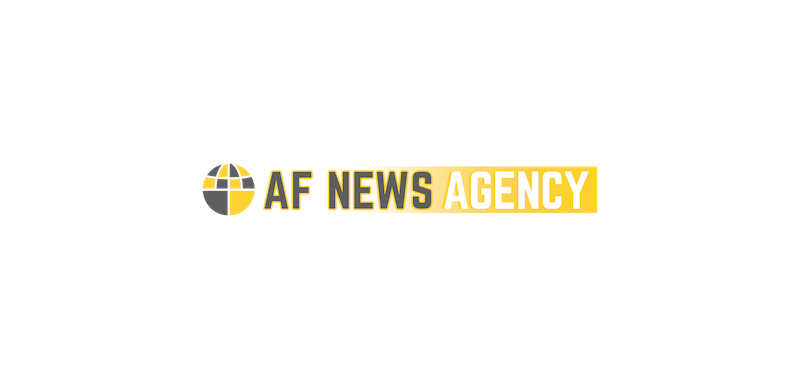Each year, the Indian Health Service rejects tens of thousands of requests to fund outside care that it doesn’t provide, forcing patients to go without treatment or pay big medical bills themselves.
The IHS is supposed to provide free care to Native Americans, but it does so only at scattered clinics and hospitals the agency funds and then manages or turns over to tribes to operate. Many of those are in rural areas and offer limited services. They might not provide cancer treatment or pregnancy care, for example.
That’s where the agency’s Purchased/Referred Care program is supposed to come in.
But funding shortages, complex rules and administrative fumbles impede access to the program, my colleague Katheryn Houghton and I reported after speaking with patients, elected officials and people who work with the federal agency.
Native Americans qualify for the referred-care program if they live on tribal land — only 13 percent do — or within their tribe’s “delivery area,” which usually includes surrounding counties. Those who live in another delivery area are eligible in some cases.
Jonni Kroll, a member of the Little Shell Tribe of Chippewa Indians of Montana, doesn’t qualify, because she lives in Washington state, nearly 400 miles from her tribe’s headquarters.
Tying program eligibility to tribal lands, Kroll said, echoes old government policies meant to keep Indigenous people in one place, even if it means reduced access to jobs, education and health care.
“What do we do? Sell our homes, leave our families and our jobs?” she said.
What about eligible Native Americans? They aren’t guaranteed funding or timely help. Some of the IHS’s 170 units exhaust their annual pool of referred-care funding or reserve it for the most serious medical concerns.
In fiscal 2022, for example, the program denied or deferred nearly $552 million in spending for about 120,000 requests from eligible patients.
Connie Brushbreaker, a member of the Rosebud Sioux Tribe in South Dakota, has been denied or wait-listed for funding at least 14 times since 2018. In March, she received a letter saying her referred-care program is reserved for patients at imminent risk of dying. It doesn’t make sense to her that the agency refuses to pay for treatment that will be approved once a health problem becomes more serious and expensive.
Another obstacle is the estimated 34 percent of program staffing positions that are vacant.
Multiple patients told us that staff rarely pick up the phone or return messages, or that they share confusing information about eligibility and the application process.
Brendan White, an agency spokesperson, said improving the referred-care program is a top IHS goal. He said about 83 percent of the health units it manages have approved all eligible funding requests this year.
The agency is tackling staff shortages and recently improved how funding is prioritized, he said. The IHS is also studying whether it can afford to create statewide eligibility in the Dakotas.
But many advocates say the only way to improve the referred-care program is to fully fund it — or even better, fully fund the IHS so patients don’t need as much outside care in the first place.
This article is not available for syndication due to republishing restrictions. If you have questions about the availability of this or other content for republication, please contact NewsWeb@kff.org.
